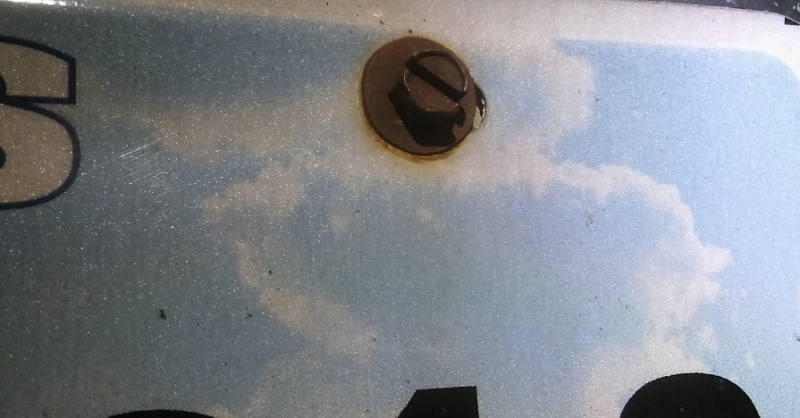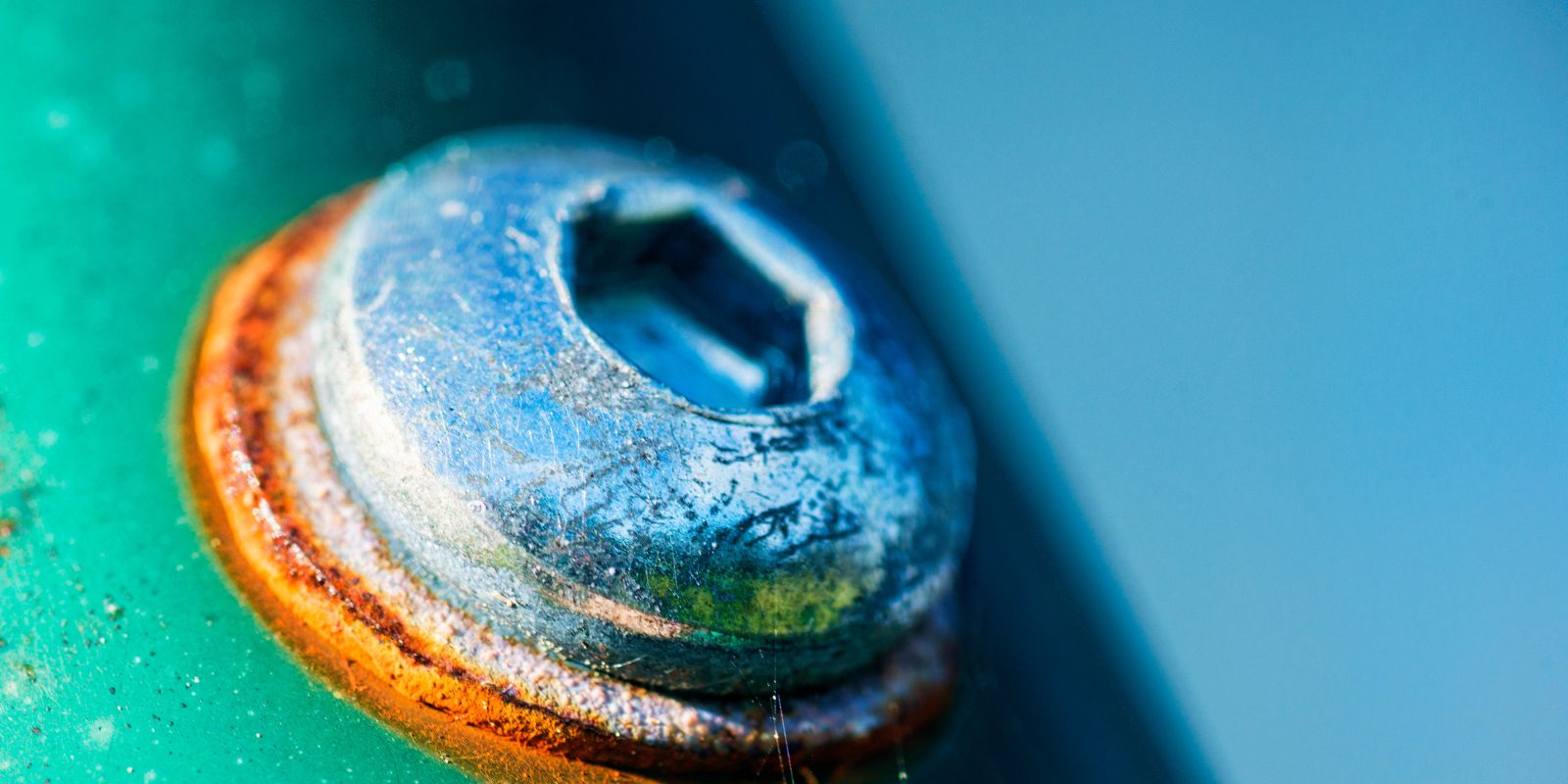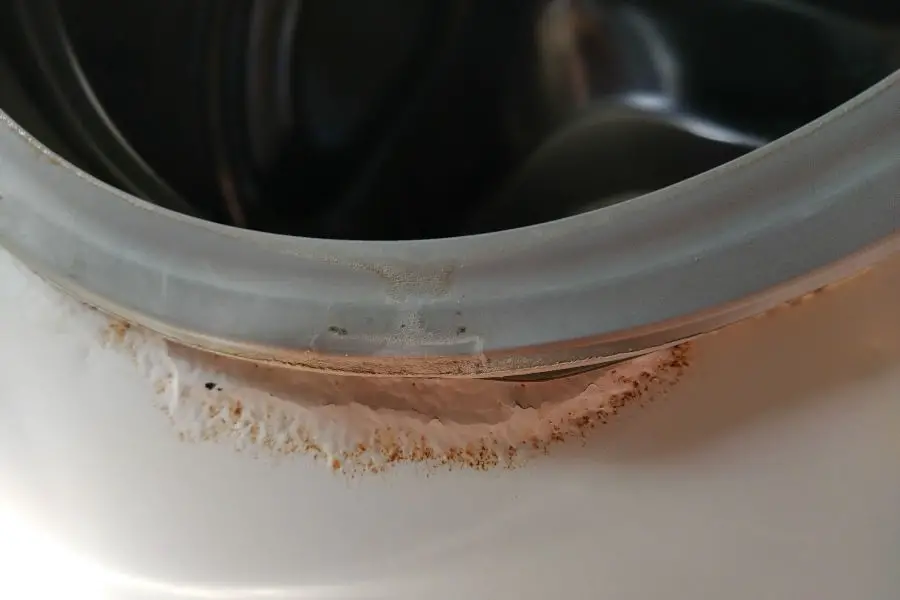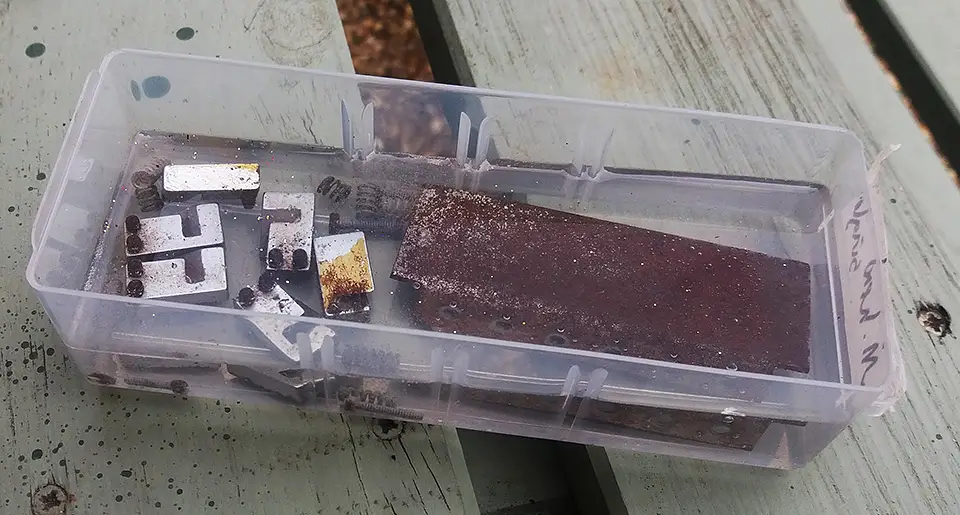Have you ever noticed the rusted screws that hold your license plate in place? They might seem like a minor detail, but over time, they can cause bigger problems. Rusted screws can make it difficult to remove the license plate, leading to frustration and wasted time. But that’s not all – rusted screws can also weaken the structure of the plate, potentially leading to it falling off while you’re driving.
In this blog post, we’ll explore the dangers of rusted screws on license plates and why it’s important to keep them in good condition. We’ll also provide some tips on how to prevent rust from forming in the first place and how to remove rusted screws without damaging your plate. Whether you’re a seasoned driver or a new one, understanding the importance of license plate screws can help you stay safe on the road. So, let’s dive in and learn more about this often-overlooked aspect of vehicle maintenance.
Rusted Screws On License Plates
Rusted screws on license plates can be a real pain, but fear not! With the right tools, products, and techniques, you can have those screws shining like new in no time. One of the most effective methods for removing rust is using a penetrating oil. PB Blaster and Liquid Wrench worked wonders in breaking down rust and allowing me to loosen the screws easily.
Another incredibly helpful product is a rust dissolver gel, like the one from Rust-Oleum. This gel clings to the surface of the screw and eats away at the rust, making it easy to remove with a screwdriver or pliers. It’s a bit more time-consuming than using penetrating oil, but it’s worth it for tougher rust stains.
As for tools, it would be good to have a set of screw extractors. These little gadgets can be a lifesaver if you accidentally strip a screw head. With the right extractor, you can grip the screw and turn it out even if the head is stripped.
Overall, removing rusted screws from license plates requires some patience and elbow grease, but it’s definitely doable. With the right products, tools, and a little bit of know-how, you can have your license plates looking as good as new in no time.
Several Methods for Removing Rust from Screws on License Plates
Method 1
Penetrating Oil One common solution for rusted screws is to use a penetrating oil, such as WD-40, to break down the rust. Simply spray the oil onto the rusted screws, wait a few minutes, and then try to remove them. This method is affordable and easy to do, but it may not work on extremely rusted screws, and it can be messy.
Method 2
Heat Another method for removing rusted screws is to use heat. This can be done with a torch or a heat gun. The heat helps to expand the metal, making it easier to remove the screw. However, this method can be dangerous if not done correctly, and it can damage the license plate or the surrounding paint if you’re not careful.
Method 3
Screw Extractor Tool A screw extractor tool is specifically designed to remove stubborn screws, including those that are rusted. The tool works by creating a new thread in the screw and then turning it out. This method is effective and doesn’t require any heat or messy oils. However, the tool can be expensive and may not work on screws that are extremely rusted or corroded.
Method 4
Replacement Screws If all else fails, you can always replace the rusted screws with new ones. This method is straightforward and easy to do, but it can be time-consuming to find the right size and type of screw for your license plate. Additionally, if the rust has damaged the threading, you may need to re-tap the hole before installing the new screw.
Here is a comparison table of the different methods:
| Method | Pros | Cons |
|---|---|---|
| Penetrating Oil | Affordable, easy to use | May not work on extremely rusted screws, can be messy |
| Heat | Can be effective, doesn’t require any additional products | Dangerous if not done correctly, can damage the license plate or paint |
| Screw Extractor Tool | Specifically designed to remove stubborn screws, effective | Can be expensive, may not work on extremely rusted screws |
| Replacement Screws | Straightforward and easy to do | Can be time-consuming, may need to re-tap the hole |
In summary, there are several methods for solving rusted screws on license plates. Each method has its own set of pros and cons, so it’s important to choose the one that’s best for your particular situation. If you’re not sure which method to use, consider consulting a professional mechanic for guidance. With the right tools and techniques, you can easily remove rusted screws and keep your license plate looking clean and secure.

Table of Equipment that Can Be Useful for Working with Rusted Screws on License Plates
| Equipment | Description |
|---|---|
| Penetrating oil | A chemical product designed to break down rust and make screws easier to remove |
| Heat gun or torch | A tool that can be used to heat up the screw, making it easier to remove |
| Screwdriver or drill | A tool used to turn the screw |
| Screw extractor tool | A specialized tool used to remove stubborn screws, including those that are rusted |
| Replacement screws | New screws to replace old, rusted screws |
| Pliers or vice grips | Used to grip and turn screws that are difficult to remove |
| Wire brush or sandpaper | Used to remove surface rust or corrosion |
| Tapping tool | Used to create new threads in damaged screw holes |
| Safety equipment (gloves, eye protection, etc.) | Used to protect against heat, chemicals, and other hazards |
These tools can be used in combination with the methods discussed in the previous guide to effectively remove rusted screws on license plates. Depending on the severity of the rust and the tools available, it may be necessary to use multiple methods and pieces of equipment to get the job done. It’s important to take safety precautions when working with these tools and to always follow the manufacturer’s instructions for any chemical products or tools used. With the right equipment and techniques, anyone can successfully remove rusted screws and keep their license plate looking clean and secure.
Step-by-Step Guide for Removing Rusted Screws on License Plates
Materials:
- Penetrating oil
- Pliers or vice grips
- Screwdriver or drill
- Replacement screws
- Wire brush or sandpaper
Instructions:
- Apply penetrating oil: Spray penetrating oil onto the rusted screws and let it sit for 10-15 minutes. This will help to break down the rust and make the screws easier to remove.
- Loosen screws: Use pliers or vice grips to grip the screw and turn it counterclockwise. If the screw won’t budge, try tapping it gently with a hammer to loosen it. If it still won’t move, move on to step 3.
- Apply heat: Use a heat gun or torch to apply heat directly to the rusted screw. Be sure to keep the flame away from the license plate and any surrounding paint. Heat the screw for a few minutes, then try to turn it again with pliers or a screwdriver.
- Use screw extractor tool: If the screw still won’t come out, use a screw extractor tool. Drill a small hole into the center of the screw, then insert the extractor tool and turn it counterclockwise. The extractor tool should create a new thread in the screw, allowing it to be turned out.
- Clean and sand the area: Once the rusted screw has been removed, use a wire brush or sandpaper to remove any remaining rust or corrosion from the area around the screw hole.
- Install replacement screws: Install new screws to replace the old, rusted screws. Be sure to choose the right size and type of screw for your license plate. If the threads in the screw hole are damaged, use a tapping tool to create new threads.
By following these steps, you should be able to successfully remove rusted screws from your license plate. Remember to take safety precautions when using heat and chemicals, and to always follow the manufacturer’s instructions for any tools or products used. If you’re unsure about any step in the process, consider consulting a professional mechanic for guidance. With a little patience and the right tools, anyone can successfully remove rusted screws and keep their license plate looking clean and secure.

FAQ
How do I prevent screws from rusting in the first place?
To prevent screws from rusting, you can apply a rust-inhibiting spray or coating to them before installation. Additionally, stainless steel screws are less likely to rust than regular steel screws.
Can I use WD-40 instead of penetrating oil?
While WD-40 can be used as a penetrating oil, it may not be as effective as a dedicated penetrating oil. If you don’t have any penetrating oil on hand, WD-40 is a decent alternative, but it may take longer for it to work.
How can I remove a screw that has been completely stripped?
If the head of the screw has been completely stripped, you can use a screw extractor tool to remove it. Alternatively, you can use a drill to carefully remove the head of the screw, then use pliers or vice grips to turn the remaining shank.
What if I can’t remove the rusted screws on my own?
If you’re having difficulty removing rusted screws, it may be best to consult a professional mechanic for assistance. They may have access to more specialized tools or techniques to get the job done.
Can I use a hammer and chisel to remove rusted screws?
While a hammer and chisel can be used to remove rusted screws, it’s not the most effective or safe method. Using a hammer and chisel can damage the surrounding area, and it can be difficult to get a precise grip on the screw. It’s better to use one of the methods outlined in the previous guide, or to seek professional assistance.



Leave a Reply